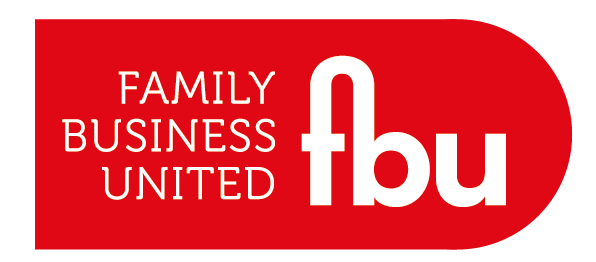Get in touch: nick.mayhew@alembicstrategy.com
Your team is fantastic, they turn up to work on time, they deliver an excellent service to your customers, have a good team morale and that shows in the P&L. They perform.
But, what is the essence of their high performance, and what happens when change occurs — when someone joins? Leaves? Or something just goes wrong? Understanding what makes your team more than the sum of its parts will help you respond to challenges.
Unpicking high performance in a complex system
Your team, however large or small, is a complex system. There are lots of factors affecting performance; individual characteristics, interpersonal connections, task requirements and social and organisational norms.
If you are are looking at team performance by solely looking at the individual’s personality traits, capability and motivation, you will learn little about the emergent properties of the whole - you will see only the tree, not the forest.
What is it about this combination of people, that when together, performs?

Lots of trees or a forest?
Emergence refers to the existence or formation of collective behaviours — what parts of a system do together that they would not do alone.
“One water molecule is not fluid, one gold atom is not metallic, one neuron is not conscious, one amino acid is not alive” Jochen Fromm
Spend a minute thinking about:
- What can you achieve together than you cannot achieve alone?
- How does your team come together to be more than the sum of its parts?
- How do your colleagues step in to your gaps, weaknesses, blind spots?
- How does your team adapt to the new challenges?
You cannot, however, look at the team without looking at those people who make it up. It is important to look at each team member, what they contribute, but emergence arises when you can flick between seeing the trees and the forest, the relationship between the two, how that person impacts the whole.
Achieving the emergent state: the enabling conditions
Many have tried to model what the components of the high performing team and there is lots of literature around successful teams in the modern business world. I particularly like a Harvard Business Review article ‘The Secrets of Great Teamwork’ which summarises nicely how to create an environment to achieve team success.
Compelling direction
Do you have clarity around what your team’s goal is and how you are going to achieve it? Does each team member have the WIIFM (what’s in it for me) factor and a the belief that the direction you are headed in is the right way? Put simply — are team members motivated to be part of it?
Tools to help:
- Creating a team ‘One Page Plan’, setting out the parameters of this team, where are you now, what you are trying to achieve, how you are going to get there and what each person’s role is in delivering that.
Strong structure
Is there balanced mix of skills and diversity of thought? Do you have established norms, and an agile way of giving feedback for continuous improvement? Are you able to debate different ideas and work through conflicts?
Tips to help:
- Work through a team SWOT (Strengths, Weaknesses, Opportunities and Threats) exercise. What are we good at when we come together? What are our individual strengths that we can use to support others where they perhaps have a gap? Make sure to have it documented.
- Create a structured approach to reviewing projects. Include a feedback session including everyone and cover: what is working well, what’s not, and what are our lessons learned? Make sure there is accountability for change and be ready to have the difficult conversation.
Supportive context
We all want to know whether we are doing a good job for others. Support the team by providing reward for positive output and the resources for where there is a gap. Feedback is at the heart of a strong structure, it can be used to create a system that rewards success, and to provide resource where a change is needed.
Tips to help:
- Spend time with each other. Bonding on something that’s meaningful builds trust which naturally creates a support network for each other. Better understanding of each other helps you to resolve differences and to work through interpersonal difficulties.
Shared mindset
Creating a team identity, purpose, belief and commonality is important to help bring people together. Cohesion and a sense of belonging is increasingly important to us as we work more and more through virtual means.
Tips to help:
- Tap into motivators of the team. What is motivating each of us to be here and contribute to this team? You may be surprised at the differences that come out.
- If you are a virtual team, recognise the need for time to connect more online and make the effort; find tools that make it easy and use them.
The teams that perform best are those that work through challenges together, and overcome personal differences to become more than the sum of their parts.
I’d love to hear what you think of this article so please share your thoughts, views and experiences with us on Twitter and LinkedIn.
Get in touch: nick.mayhew@alembicstrategy.com.
Sources and recommended reading:





